What Is a Flowmeter? Types & Industrial Applications – Complete 2025 Guide
What Is a Flowmeter? Types & Industrial Applications – Complete 2025 Guide
Flowmeters play a critical role in modern factories, where accurate measurement of steam, air, water, chemicals, and industrial gases directly affects production efficiency and energy cost. Even a small measurement deviation can lead to massive losses each year. That’s why a flowmeter is considered an essential device in every piping system.
This article from Phuc Minh Engineering (pm-e.vn) explains what a flowmeter is, how it works, the most common types, and how to select the right flowmeter for your plant.
✅ What Is a Flowmeter?
A flowmeter (also called a flow sensor, flow gauge, or flow monitor) is a device used to measure the flow rate or total flow of a moving medium inside pipelines, including:
-
Steam
-
Compressed air
-
Industrial gases (N₂, O₂, CO₂…)
-
Clean water, wastewater
-
Chemical solutions
-
Oil and other industrial liquids
Flowmeters help factories monitor and optimize:
✔ Energy consumption
✔ Equipment operating efficiency
✔ Cost allocation by shift/area
✔ Leakage detection and loss reduction
In short, a flowmeter is the “eyes” of your entire energy management system.
✅ Why Flowmeters Are Essential for Industrial Plants
A plant without flowmeters is like operating “in the dark”:
-
No data on steam consumption per area
-
No detection of compressed air leakage
-
No insights into boiler or air compressor efficiency
-
No accurate data for OEE, ISO reports, or energy-saving projects
According to industrial studies:
➡ Proper flowmeter installation reduces energy loss by 5–15%
➡ Improves overall operational efficiency
➡ Accelerates leakage detection by 3–10×
⭐ Most Common Types of Flowmeters Today
Below are the four most widely used flowmeters suitable for steam, air, gas, water, and chemical applications.
✅ 1. Vortex Flowmeter – Best for Steam Measurement
Applications
-
Saturated & superheated steam
-
Hot/cold water
-
Industrial gases
Advantages
-
High temperature & pressure resistance
-
Stable and durable
-
Unaffected by fluid viscosity
-
No moving parts → low maintenance
Why ideal for steam?
Steam has extreme temperature and pressure variations; Vortex flowmeters maintain accuracy even under harsh conditions.
➡ A steam flowmeter is mandatory for plants with boiler systems.
✅ 2. Electromagnetic Flowmeter – Highest Accuracy for Water & Chemicals
Applications
-
Clean water
-
Wastewater
-
Conductive chemical liquids
-
Food & beverage
-
Pharmaceutical plants
Key advantages
-
Very high accuracy (0.2–0.5%)
-
Not affected by temperature or pressure
-
No pressure loss (no obstruction)
-
Suitable for low flow rates
Electromagnetic flowmeters operate based on Faraday’s law of electromagnetic induction, meaning they only work with conductive liquids.
✅ 3. Ultrasonic Flowmeter – Clamp-On Installation, No Pipe Cutting
Applications
-
Clean water
-
Hot/cold water
-
HVAC, chiller systems
Advantages
-
No need to cut pipes
-
Fast installation (10–20 minutes)
-
Non-intrusive, no contamination
-
Ideal for large pipe sizes (DN50–DN2000)
Two versions available:
-
Clamp-on type
-
Insertion type
Perfect for temporary measurement or when downtime is not allowed.
✅ 4. Thermal Mass Flowmeter – Best for Compressed Air & Industrial Gases
Applications
-
Compressed air
-
Nitrogen (N₂)
-
CO₂, O₂
-
Biogas
Advantages
-
Highly sensitive to low flow
-
No pressure or temperature compensation required
-
Ideal for energy monitoring in gas systems
-
Detects compressed air leakage effectively
➡ Helps factories reduce 10–30% compressed air energy costs.
⭐ Benefits of Using Genuine, High-Quality Flowmeters
✅ 1. Reduce energy loss by 5–15%
Flowmeters provide accurate real-time consumption data by shift/day/month.
✅ 2. Real-time consumption monitoring
Integration with SCADA/BMS/cloud allows:
-
Live flow rate monitoring
-
Alerts when exceeding the threshold
-
Comparison between production shifts
✅ 3. Optimize boilers & air compressors
Flowmeter data helps:
-
Adjust boiler load
-
Reduce unnecessary compressor operation
-
Minimize startup time
✅ 4. Automatic leakage detection
Flowmeters instantly detect abnormalities in:
-
Compressed air
-
Steam distribution
-
Water supply system
-
Chemical pipelines
This reduces:
-
Energy waste
-
Downtime
-
Maintenance costs
-
Safety risks
⭐ How to Choose the Correct Flowmeter (2025 Checklist)
✅ 1. Identify the measured medium
Steam? Air? Water? Chemical?
→ Each requires a different flowmeter technology.
✅ 2. Identify pipe size & flow range
Provide DN size, typical flow rate, pressure.
✅ 3. Required accuracy
-
Steam: ±1%
-
Water: ±0.5%
-
Gas: ±1–2%
✅ 4. Choose trusted brands
Common brands in Vietnam include:
-
Yokogawa - https://www.yokogawa.com/
-
Siemens - https://www.siemens.com/global/en.html
-
Krohne - https://www.krohne.com/en
-
Endress+Hauser - https://www.endress.com/en
-
Azbil - https://www.azbil.com/
-
Teren - https://www.tereninstruments.com/product.html
✅ 5. Certification & documents
CO, CQ, Calibration Certificate, ISO…
✅ 6. Choose an experienced engineering supplier
Phuc Minh specializes in full solution:
-
Selection
-
Installation
-
Integration
-
Commissioning
⭐ Why Choose Phuc Minh Engineering (pm-e.vn)?
✅ 18+ years of industrial instrumentation experience
✅ Full turnkey solution: design → supply → installation → monitoring
✅ 100% genuine products with CO/CQ
✅ On-site warranty
✅ 24/7 technical support
✅ Competitive pricing for contractors & factories
✅ Need Flowmeter Consultation?
Contact us for free technical support:
📞 Hotline/Zalo: 0907 450 506 - 0902 720 814 - 0902 800 728
🌐 Website: https://pm-e.vn - E: info@pm-e.vn
Related News

What Is a PID Controller? Principles, Structure & Real Industrial Applications (2025)
07/11/2025
In every modern factory—from steam systems, compressed air, HVAC, chemicals, food and beverage to pharmaceuticals—the PID Controller plays an extremely important role in keeping systems stable, safe, and energy-efficient. A PID controller is considered the “brain” of an automation system. It continuously maintains the Process Value (PV) close to the Setpoint (SP), minimizes fluctuations, and optimizes overall performance.

What Is a Steam Trap? Classification – Structure – How to Select the Right Trap for Steam Systems (2025 Guide) | Phuc Minh
07/11/2025
A steam trap is a device used to discharge condensate while retaining live steam inside pipelines or steam-using equipment. Its main functions include: Removing condensate at the right time Preventing steam loss Improving heat transfer efficiency Protecting equipment from water hammer Reducing boiler fuel consumption A steam trap acts like an “automatic valve” that distinguishes steam from condensate based on temperature, pressure, and density.

Safety Valve For Steam Systems: Structure, Operation Principles & Selection Guide 2025 | Phuc Minh Engineering
07/11/2025
Learn what a steam safety valve is, how it works, different types, and how to select the correct valve for boilers and pipelines. EN/ASME-standard valves from Phuc Minh Engineering.

What Is a Pressure Reducing Valve? Structure – Working Principle – How to Select the Best PRV for Industrial Plants (2025)
07/11/2025
A Pressure Reducing Valve (PRV) is a device used to reduce high inlet pressure to a stable, lower outlet pressure, helping protect piping systems, instruments, and machinery while improving operational safety. PRVs are widely used in: Steam systems Compressed air, gas, nitrogen Clean water – process water – chilled water Oil, chemicals, and other industrial media

What Is a Flowmeter? Classification & Industrial Applications – Detailed Guide 2025
07/11/2025
Learn what a flowmeter is, how it works, the types of flowmeters for steam, gas, water, and oil, and how to select a technically compliant flowmeter for your plant.









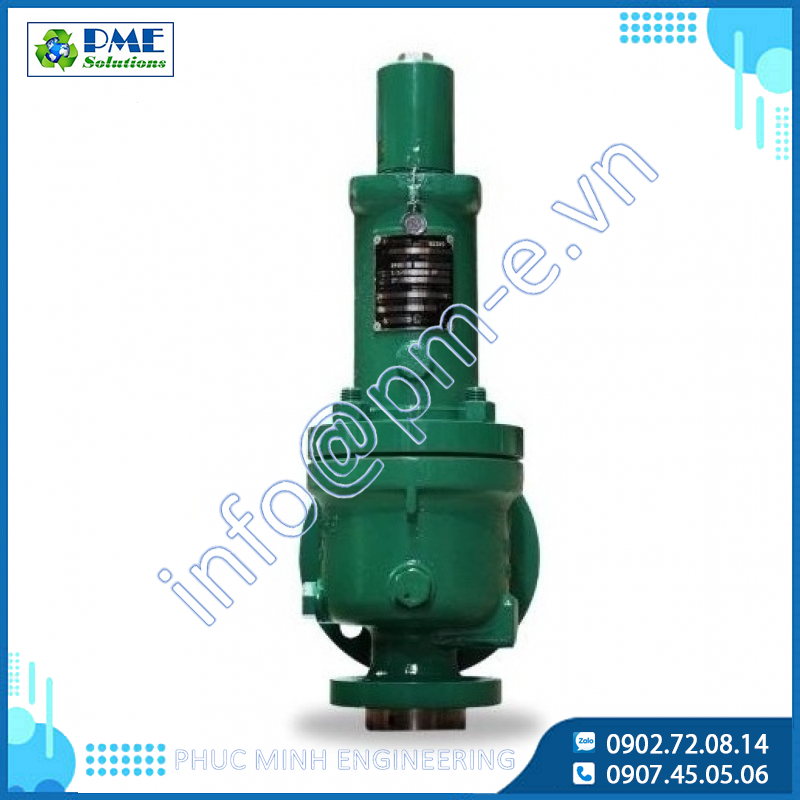
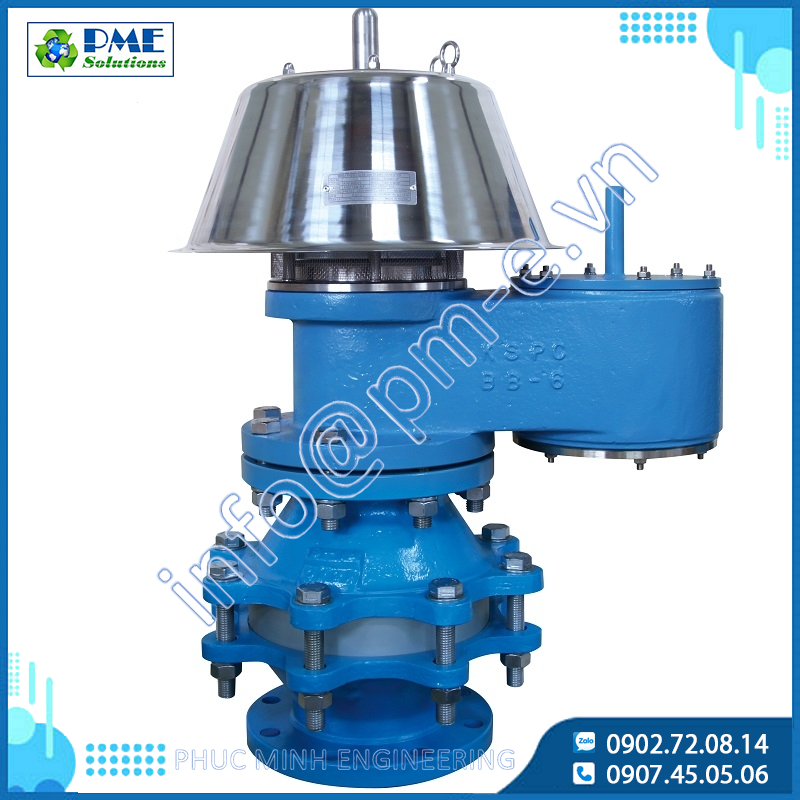
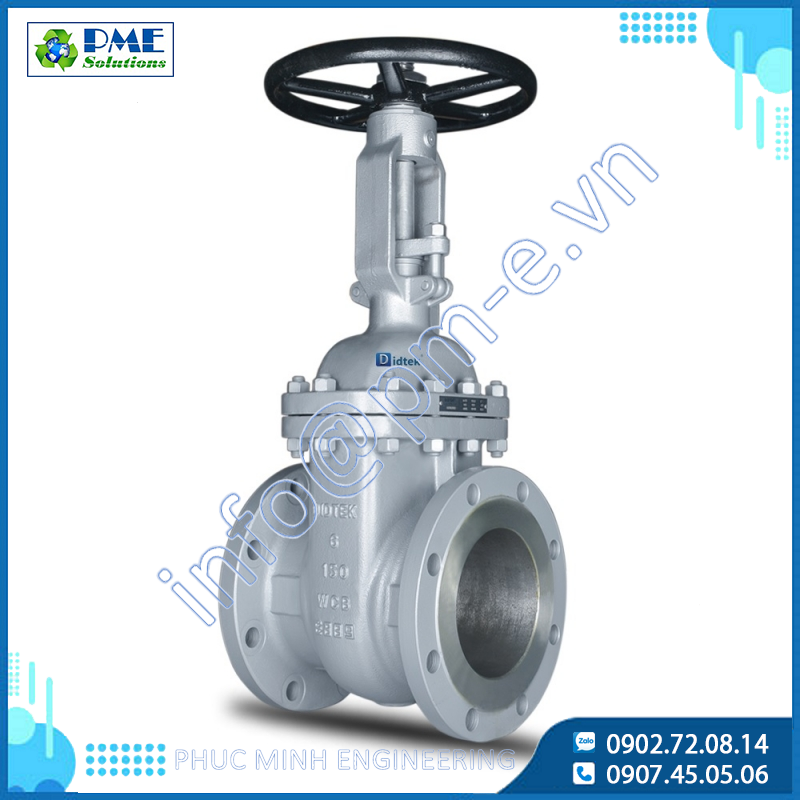
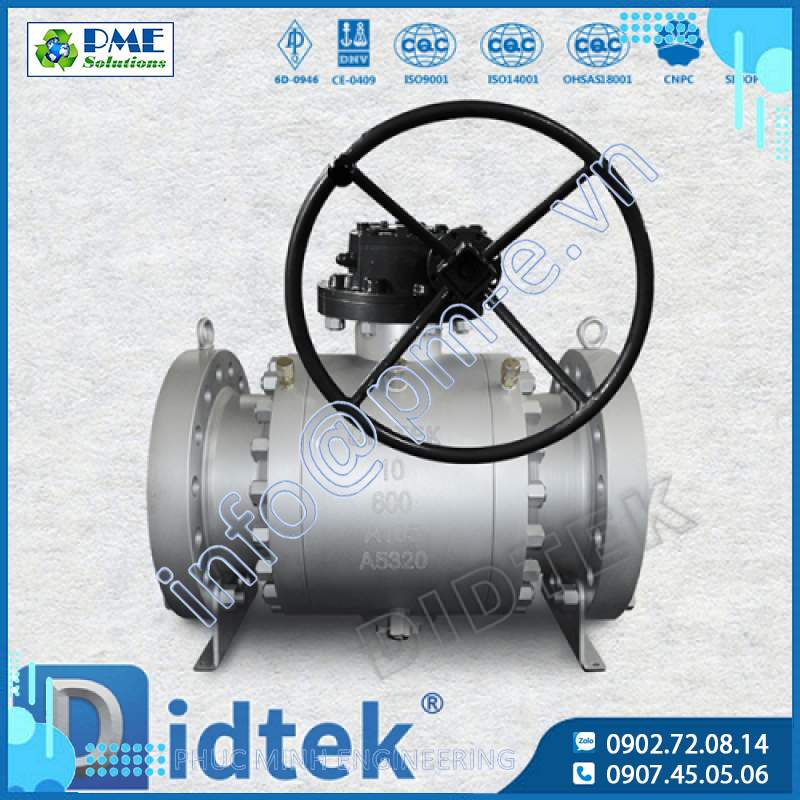
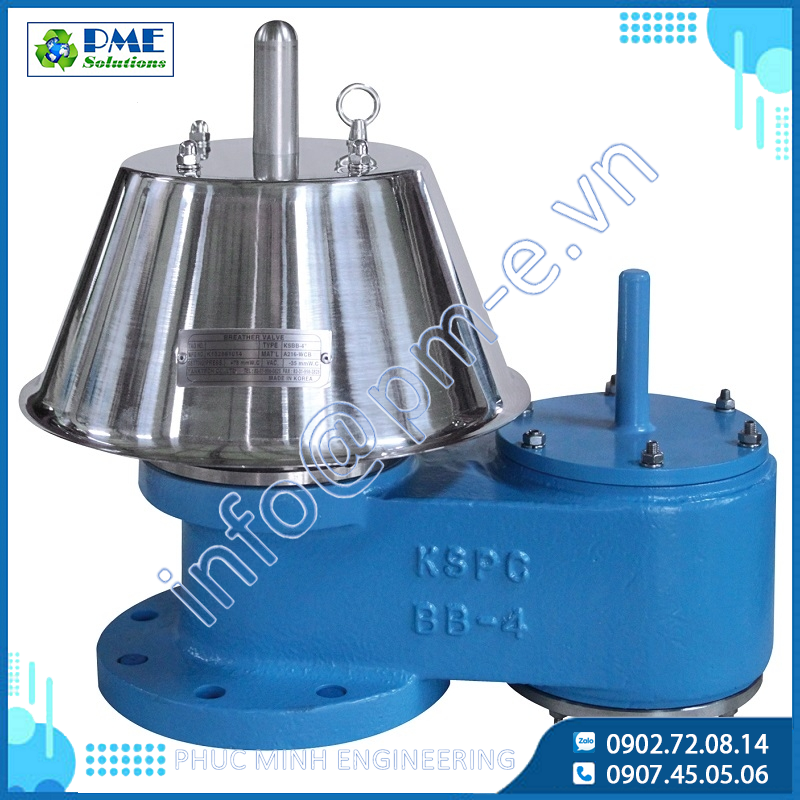


.png)






